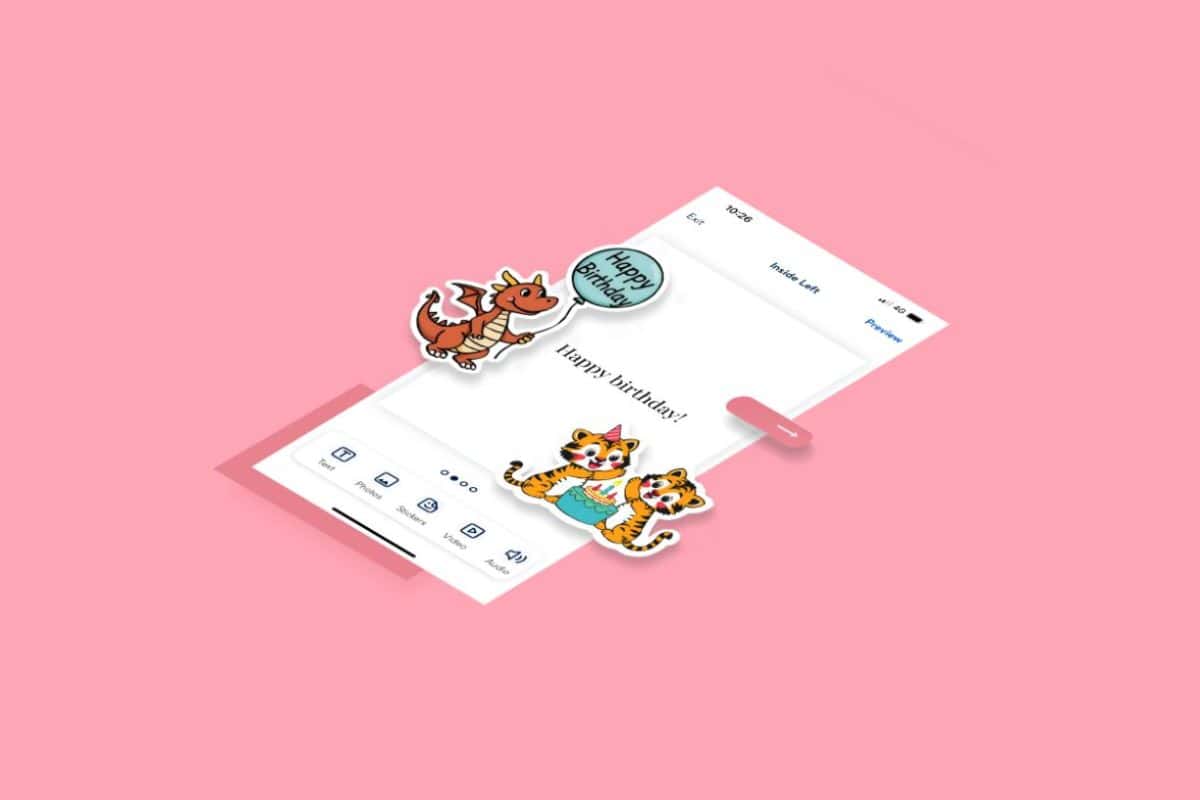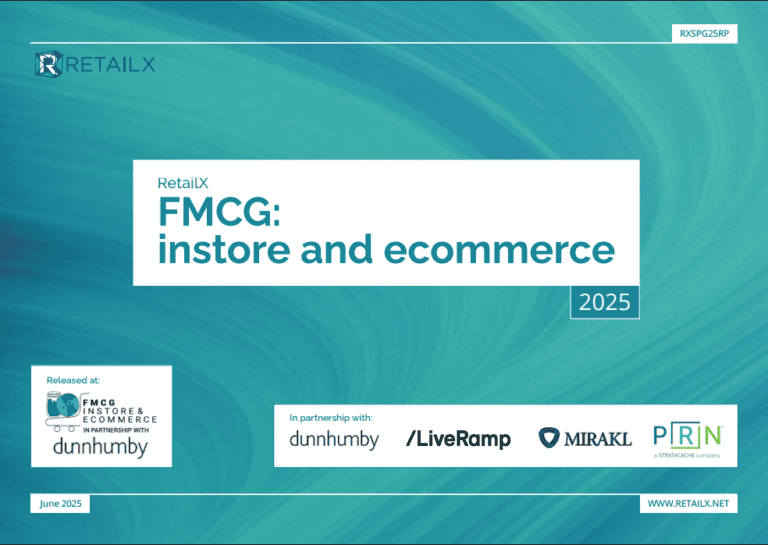In a recent Internet Retailing webinar, Creating inspiring digital experiences at Motorcycle Superstore, attendees heard how Motorcycle Superstore worked to improve the journey for its customers – and the part that IBM company Tealeaf played in that.
Shane Irons, marketing manager for Motorcycle Superstore, and Bill Loller, VP, mobile at Tealeaf, were the speakers.
Pureplay Motorcycle Superstore, founded in 1997, is one of top 500 internet retailers in the US, selling items from motobike gear, clothing and accessories to snowmobiles and beyond. In this recent Internet Retailing webinar marketing manager Shane Irons explained how the company had used analytics to understand and improve the customer journey through the site.
He started by showing how the company used Tealeaf analytics and session replay to make meaningful changes to the site. For example, Motorcycle Superstore could look at the number of customers who abandoned at the checkout and see what features they’d used prior to that abandonment.
Gaining feedback from customers is also important to the company as it sets about the task of improving the customer experience of the site. A feedback form on the Motorcycle Superstore site is linked to the Tealeaf session number so that the company can see what took place in any given session, whether on a PC or mobile device, helping to improve its understanding of the feedback. That feedback might relate to the stock the site carries. “We’re constantly loading new products based on our customer feedback as well as what’s new and trendy,” said Irons. “One of the things we found is that with customer requests we have higher conversion rates on products we wouldn’t normally have picked up. That’s a great deal.”
Reporting analytics also enabled the company to produce live chat report showing how many people clicked on the button, and how many of those had a card ID, and how many completed their order after clicking on the live chat button. Personnel levels were adjusted as a result.
“It can be used as an analytical tool but it’s also helped us to decide on staffing,” said Irons.
He went on to explain how the company used Tealeaf’s heat mapping functionality to improve its mobile search feature, boosting conversions as a result. Heat mapping has also helped it to understand the way that pages are used.
Meanwhile, viewing the user session enables Motorcycle Superstore to see where on the purchase journey its visitors have struggled in order to fix those points. By contacting customers, it has been able to fix issues in order to enable the sale.
Bill Loller, VP, mobile product management at Tealeaf then addressed the subject of increasing mobile adoption and experience. He said that mobile was becoming increasingly important to a variety of retailers, powered by changing expectations of how consumers interact with the world. Today, he said, “we expect to be always online and to always have a great experience when we are.”
Meanwhile, consumers are also adopting mobile technology more quickly. Only three years into the use of tablets, some 70m US consumers are expected to own them this year, said Loller. That’s a rate of adoption ahead of previous devices.
But users expect more from their mobile devices than they are getting. Loller cited the Harris Interactive Survey of Mobile User Experience to show that while 85% of adults who have completed a mobile transaction in the past year expect the experience to be better than it is from a laptop or desktop computer. However, 41% of comments on the top mobile companies are borne out of frustration. The gap between the two, said Loller, provides the opportunity for a competitive advantage.
The top consumer struggles include the inability to complete a transaction, search functionality and the user interface. But these are areas where many retailers do not optimise on mobile sites.
Loller went on to introduce the Tealeaf mobile dashboard, looking in particular at how it can spot when a user is having problems, its ability to recognise patterns and the mobile replay feature. “It’s great not only to be able to track [problems] from an analytics point of view but you can also see the experience and what someone did that caused the issue,” he said. Now that tablets are selling faster than babies are being born, he said, it’s important to understand how visitors are interacting and falling off from the tablet experience, and then correct problems. “The iPad has fundamentally changed how we interact with digital assets,” he said. Loller also went on to show how the mobile Tealeaf could give insights into native apps. Finally, he shared some common mistakes that people make when designing for mobile, from not accounting for the size of the finger, the use of too many or too heavy image files or making pages non-zoomable.
Best practice tips from Bill Loller, VP, mobile at Tealeaf
Make it easy
Increasingly, people are designing for tablet only, said Loller, and such t-dot sites can be richer and more attractive. He predicts that mobile-only could be the future of design.
Listen
Learn from what customers say, whether that’s through social media or reviews. Reviews, tweets and Facebook comments can give real insights into the voice of the customer.
Simplify
Think not about what’s possible, adding features at every turn, but about simplifying each step that the customer has to take. In the Hilton Hotels app, for example, there are only four initial options for the customer to take, mirroring the information that customers are most likely to look for online.
In the question and answer session, questions ranged from the direction that analytics is taking web design to the importance of customer feedback against analytics.
To hear the webinar for yourself, to view the accompanying slides and hear the question and answer session, visit the IBM Tealeaf webinar page For details of our other webinars visit our webinars page.








